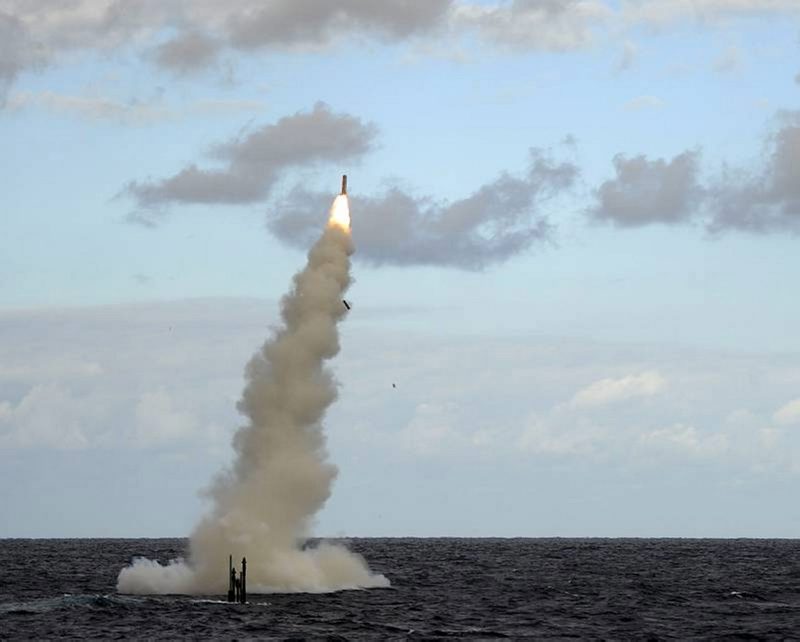
I would like to reinforce Justin Jones’ recent points on submarines and in doing so take issue with some of the points made by Andrew Davies in his response. I think the unique features a submarine capability brings to our future strategic situation deserves greater prominence in the debate. And I hope this will convince Nic Stuart that there is no Rudd-initiated conspiracy; we really do need submarines—more of them!
Justin, Andrew and I seem to largely agree on the strategic setting and that it will constrain Australia’s strategic choices. We would all agree on the Chief of Navy’s recent emphasis on criticality of the maritime environment for Australia’s prosperity. I argue that our access to the region’s oceans will be impacted by the significant growth in regional navies, making it more difficult for our Navy to operate freely.
We need to look for capabilities that will give future Australian governments options to cope in this emerging situation—and submarines fit the bill. A capable submarine will be able to operate in these difficult strategic circumstances and provide a ‘strategic impact’ that would make a potential aggressor avoid a military confrontation with Australia.
The submarines most fundamental, key feature is its stealth. A well-handled, capable submarine is able to operate without causing fuss in areas where sea and air control is not assured and is able to gain access to areas denied to other platforms. Large submarines, such as Collins, are able to operate at long range for weeks carrying a flexible payload of sensors, weapons and specialist personnel. A capable submarine force creates great uncertainty for an adversary: countering them would be difficult, expensive and can’t be guaranteed.
In the surveillance role submarines are able to simultaneously observe activities under water, on the surface, in the air and over the electromagnetic spectrum, often in areas denied to other eyes and ears. Andrew suggested replacing them in the role with overt platforms such as satellites and unmanned aircraft. In fact, submarines complement those systems; not only do they not cover the underwater spectrum, but their presence can be observed/predicted and sensitive activities curtailed whilst they are present.
In the land strike role a submarine’s stealth enables it to covertly position precision land attack missiles without causing a diplomatic incident, retire if not required, or launch and withdraw. Andrew’s point about the reload time is valid. However, a large conventional submarine configured for a strike mission can certainly carry more than 12 missiles. In some cases, eg targeting a non-state actor, 12–20 missiles might be enough.
But strike is a long way up the spectrum of conflict. In situations short of conflict, Australia’s submarines are able to provide unique indications of another player’s long-term intentions, facilitating counter-measures via diplomacy and force preparation that will, hopefully, avoid an escalation to conflict.
There’s also a payoff in terms of alliance management—the United States has made it clear that it would value an Australian submarine force offering these capabilities.
In a short space it’s hard to do justice to the topic, but I want to say something about the prospect of an off-the-shelf purchase. To be able to exploit the initiative gained from their stealth, Australia’s submarines must be able to covertly reach sensitive areas throughout our region with sufficient mobility, endurance and payload for the long-duration missions involved, frequently in or through hot tropical waters. It’s worth understanding these terms, because they’re often misused or confused:
- Mobility is the capacity to complete the long transits required expeditiously and discreetly, ie with low chance of counter detection.
- Endurance is a combination of mobility (fuel and energy), habitability (food and crew support systems) and availability of sensor/platform systems (equipments, power, cooling, redundancy and onboard repair capability).
- Payload is the capacity/flexibility to carry/deploy sufficient crew and specialist personnel teams, a range of weapons and remotely operated vehicles/off-board sensors—the latter are the next capability frontier/force multiplier for submarines.
Taken in combination, this is a more demanding regime than maximum range frequently quoted in specifications or cited by advocates for European boats. Such figures tend to be based on a non-operational scenario, with transits completed at an optimum, low speed with prolonged and predictable periods for recharging batteries.
Habitability and crew size over the long missions are also important, not only for crew effectiveness, but also to ensure an acceptable quality of life for crews; a key factor in attracting and retaining personnel. The Submarine Institute of Australia has had a lot more to say about these issues and the mathematics of how many submarines we require in its submission to the 2009 Defence White Paper (PDF).
The importance of stealth can’t be understated and it underpins the strategic impact of Australia’s submarine capability. This enables access that confers significant initiative in the complex strategic environment ahead; and submarines are best employed proactively to exploit this. And, where appropriate, they can be employed offensively to maximise the benefits gained from this advantage. Submarines are the only weapons system in Australia’s ‘order of battle’ with this characteristic. They offer a unique range of options for future Australian governments.
Peter Briggs is a retired RAN submarine commanding officer, past President of the Submarine Institute of Australia and has provided input as a consultant, assisting in the development of Deep Blue Technology’s design capacity. Peter has no current affiliations with any of the potential suppliers to meet the RAN’s SEA 1000 requirement. Image courtesy of UK Ministry of Defence.

